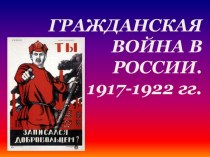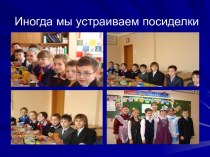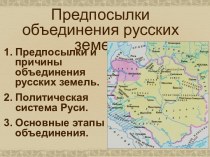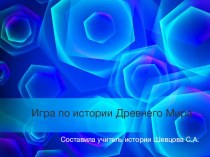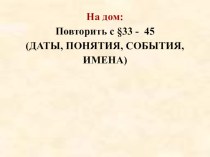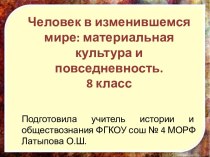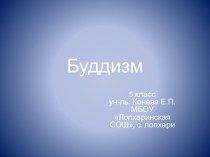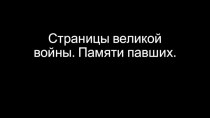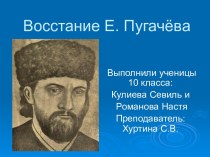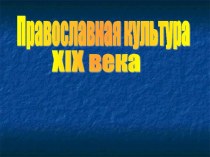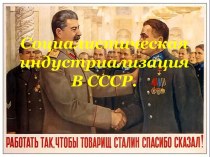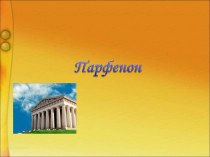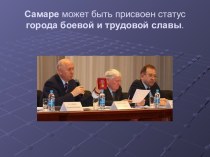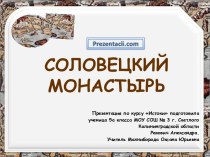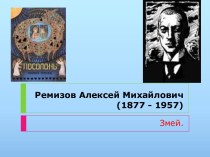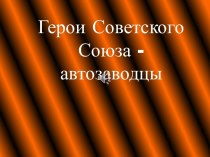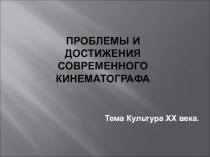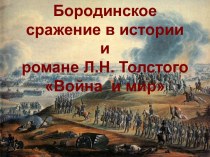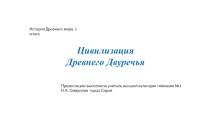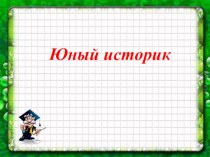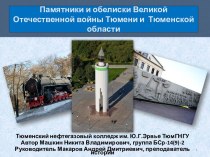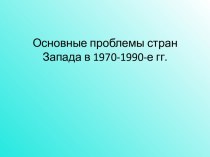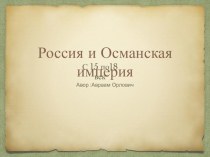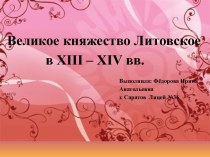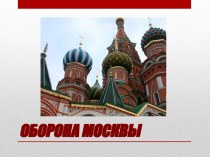- Главная
- Разное
- Бизнес и предпринимательство
- Образование
- Развлечения
- Государство
- Спорт
- Графика
- Культурология
- Еда и кулинария
- Лингвистика
- Религиоведение
- Черчение
- Физкультура
- ИЗО
- Психология
- Социология
- Английский язык
- Астрономия
- Алгебра
- Биология
- География
- Геометрия
- Детские презентации
- Информатика
- История
- Литература
- Маркетинг
- Математика
- Медицина
- Менеджмент
- Музыка
- МХК
- Немецкий язык
- ОБЖ
- Обществознание
- Окружающий мир
- Педагогика
- Русский язык
- Технология
- Физика
- Философия
- Химия
- Шаблоны, картинки для презентаций
- Экология
- Экономика
- Юриспруденция
Что такое findslide.org?
FindSlide.org - это сайт презентаций, докладов, шаблонов в формате PowerPoint.
Обратная связь
Email: Нажмите что бы посмотреть
Презентация на тему The Soul in Ancient Egypt
Содержание
- 2. The Soul in Ancient Egypt
- 4. A human being was composed of seven
- 6. The Ba :The ba is represented as
- 7. In order for the physical body of
- 9. ‘He of two bas’ :One god could
- 10. The ba existed during the person’s life
- 14. The ba was represented in four forms
- 16. The Ka :It is represented by two
- 17. The ka is translated sometimes as ‘sustenance’(
- 18. The creator ram-god Khnum is shown modelling
- 19. The offerings themselves came to be known
- 22. The Akh
- 23. The Akh was represented by a crested
- 24. Connection with Light :The Akh denoted forms
- 25. Shesep (Ssp) = Light
- 26. The first symbol of the word (shesep)
- 27. The akhu is also in the milk
- 28. Скачать презентацию
- 29. Похожие презентации
The Soul in Ancient Egypt
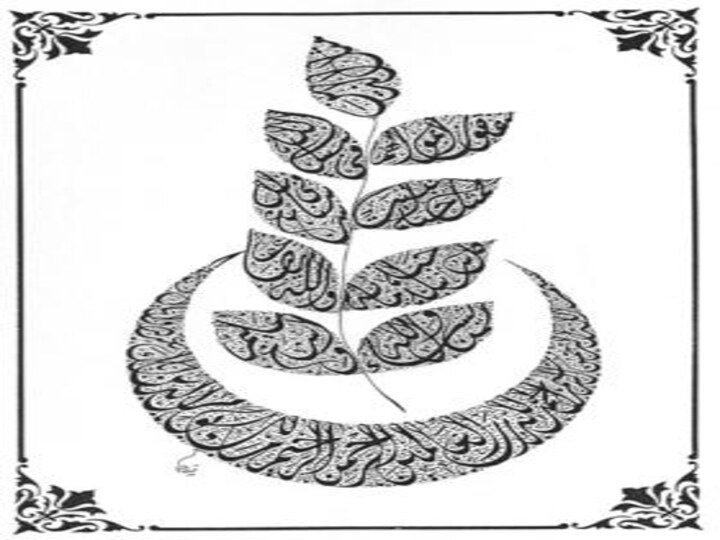



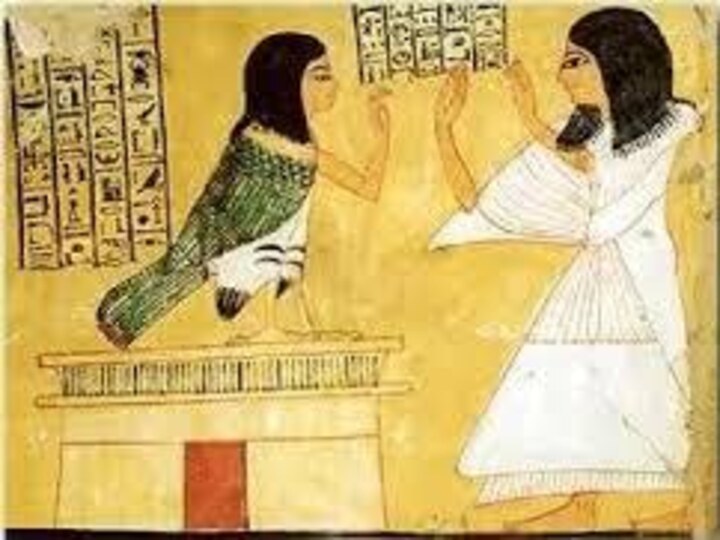
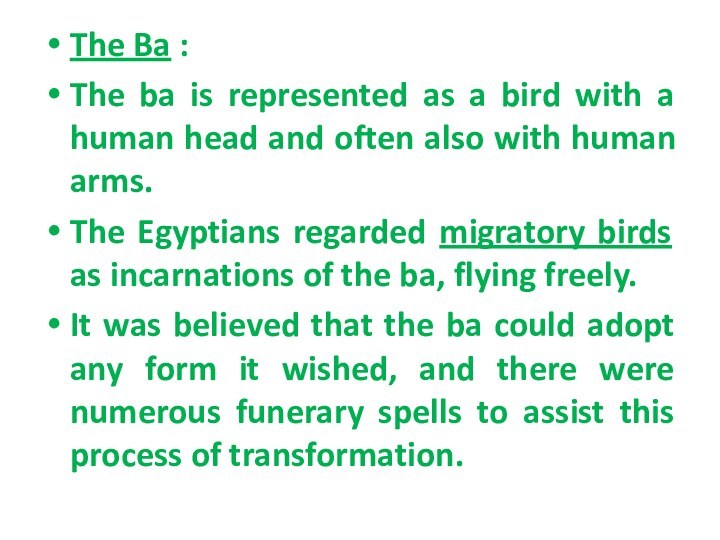

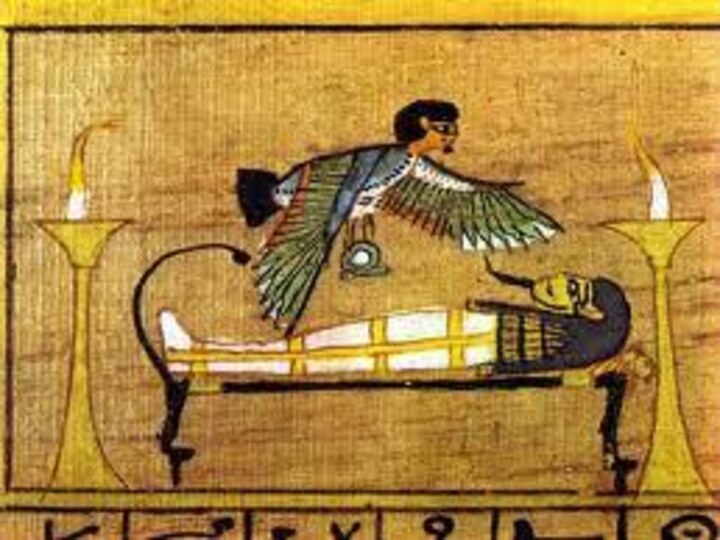
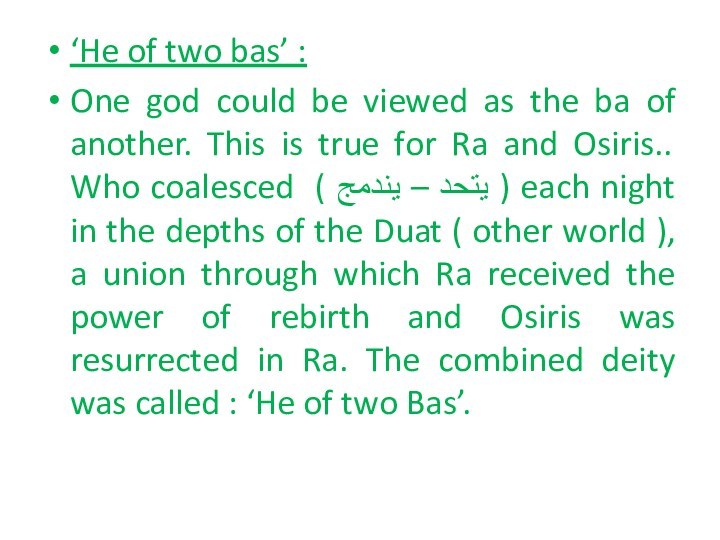
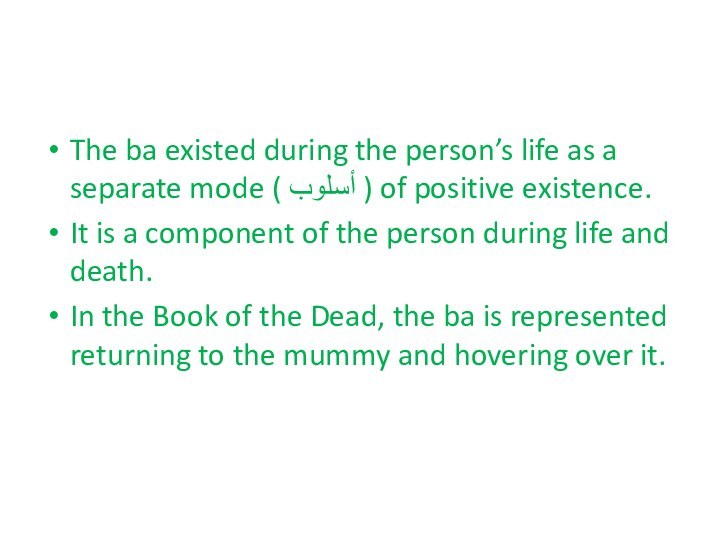
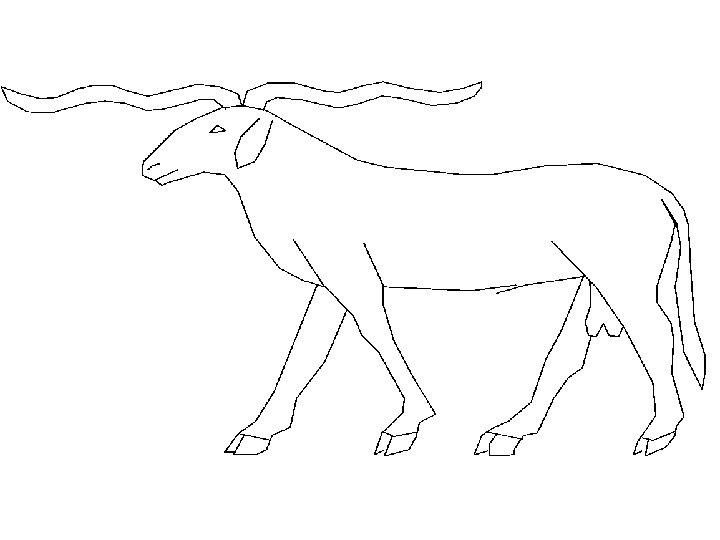
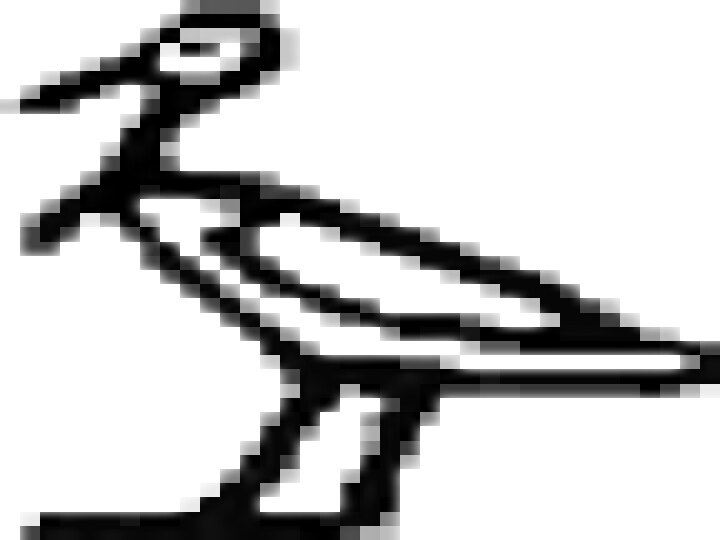
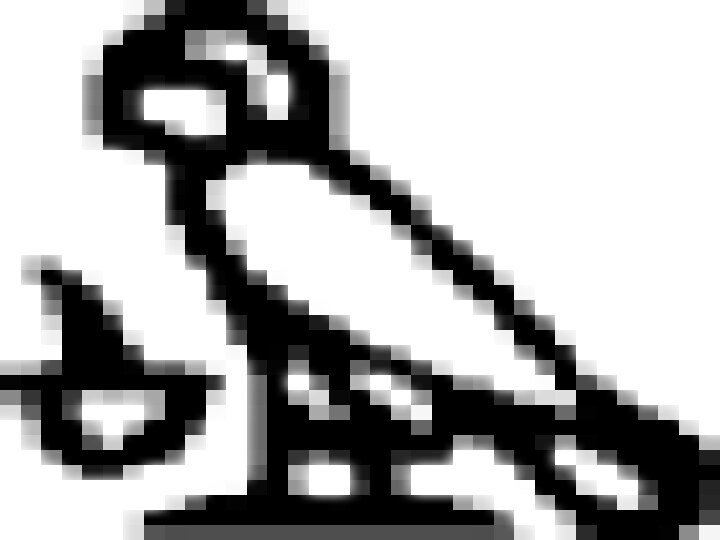
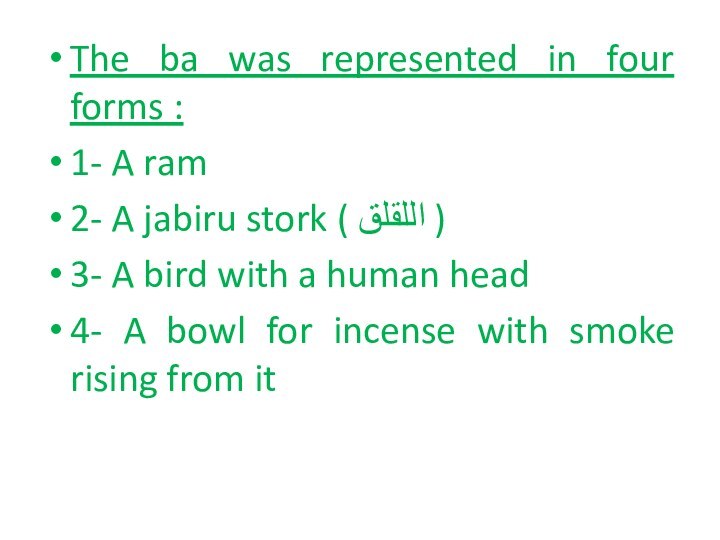
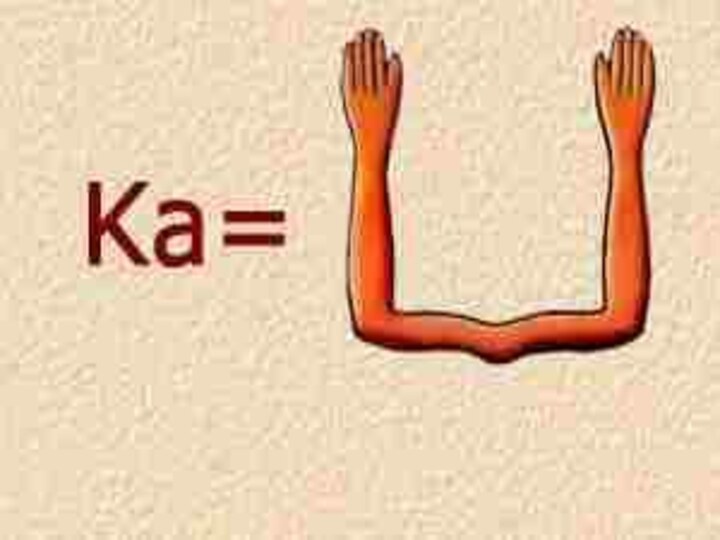
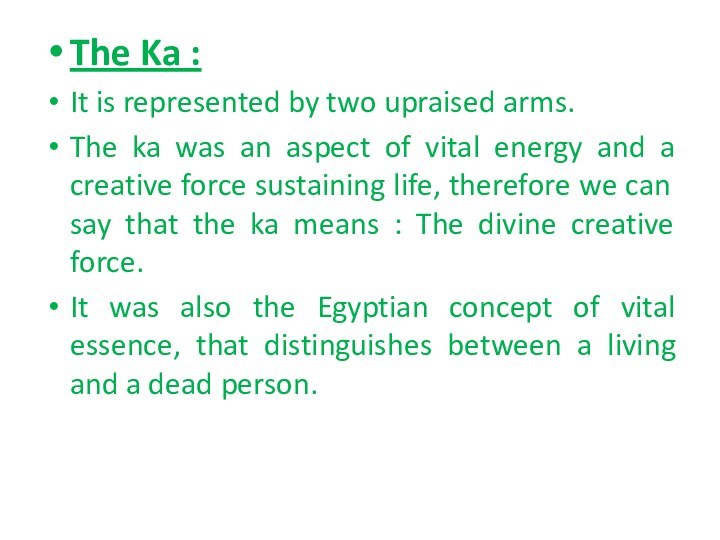
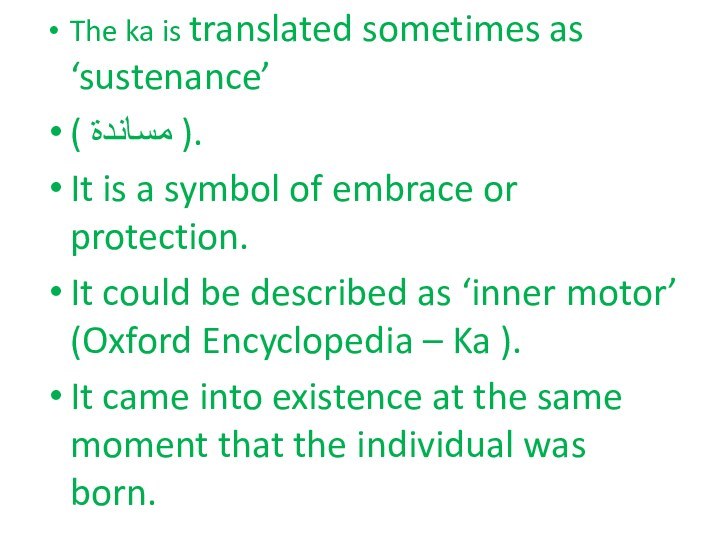
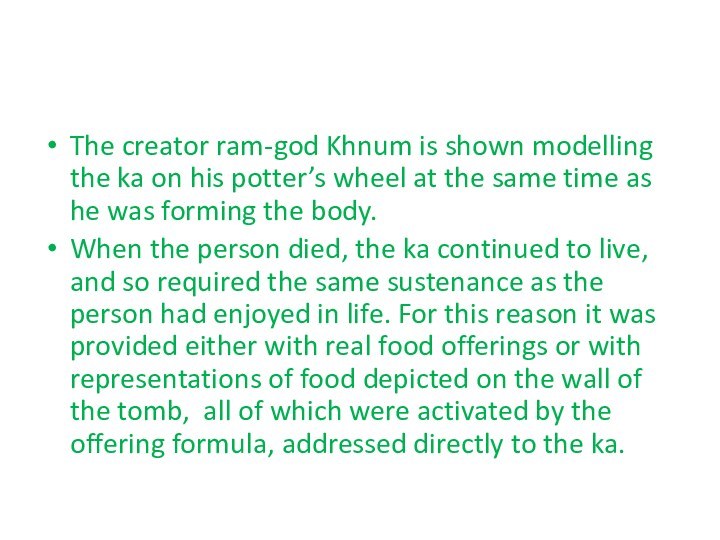
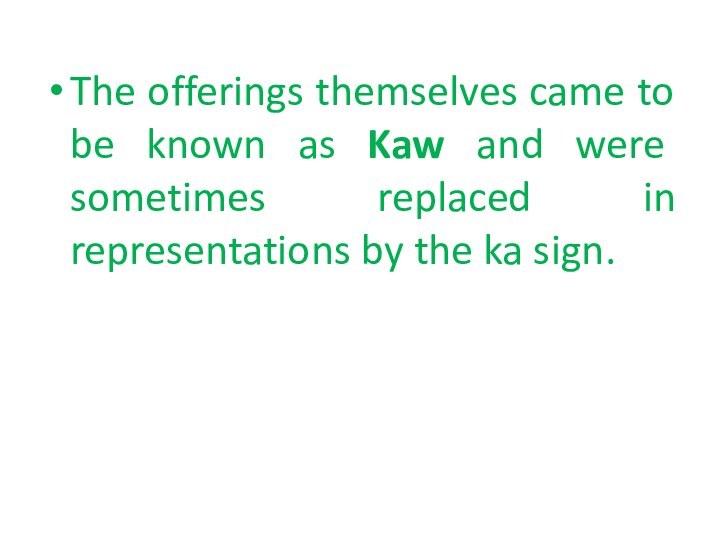
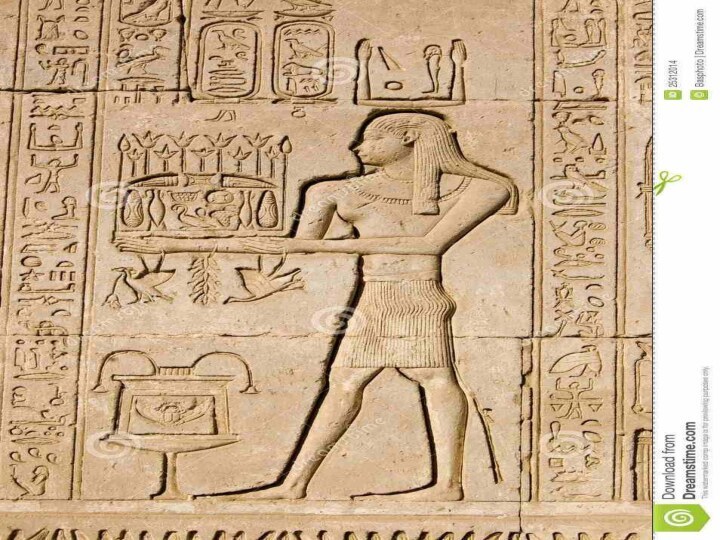
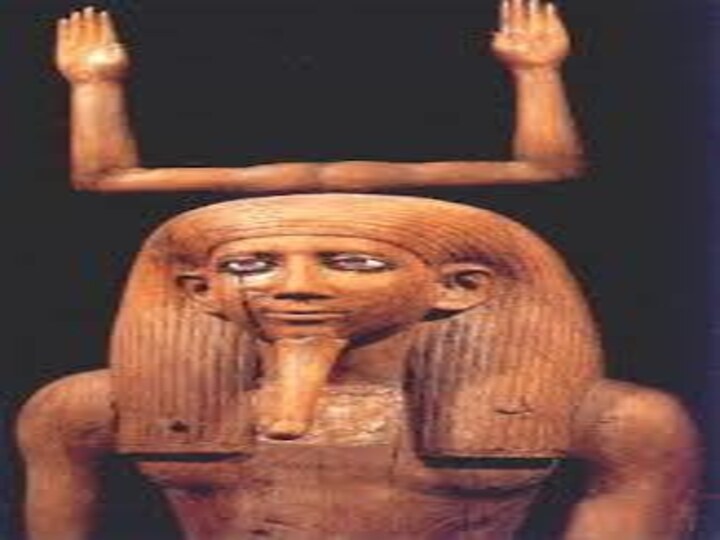
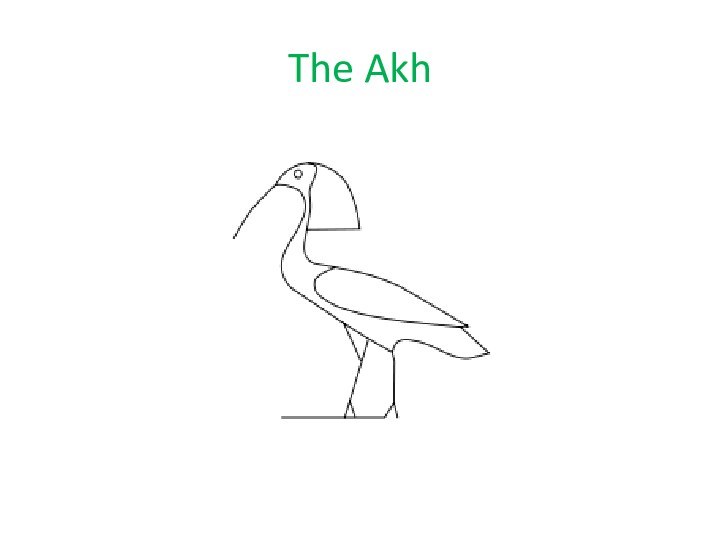
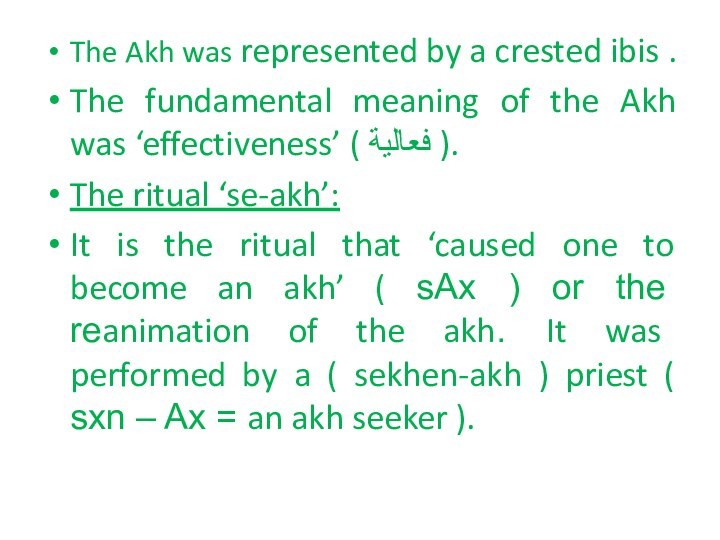

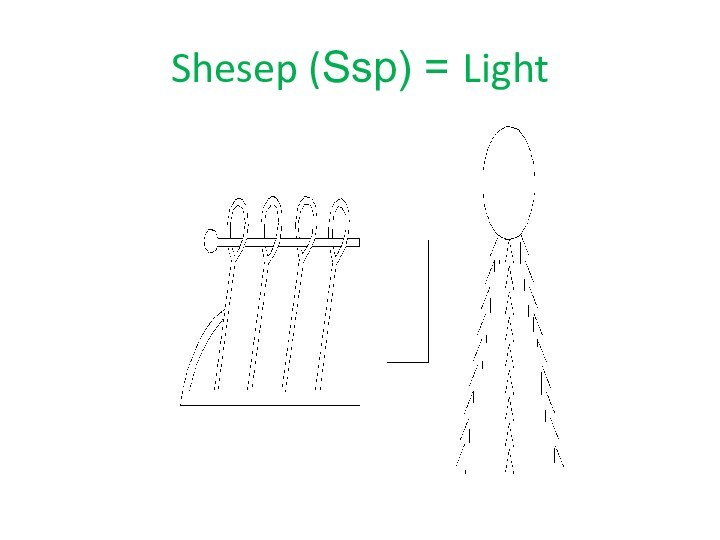

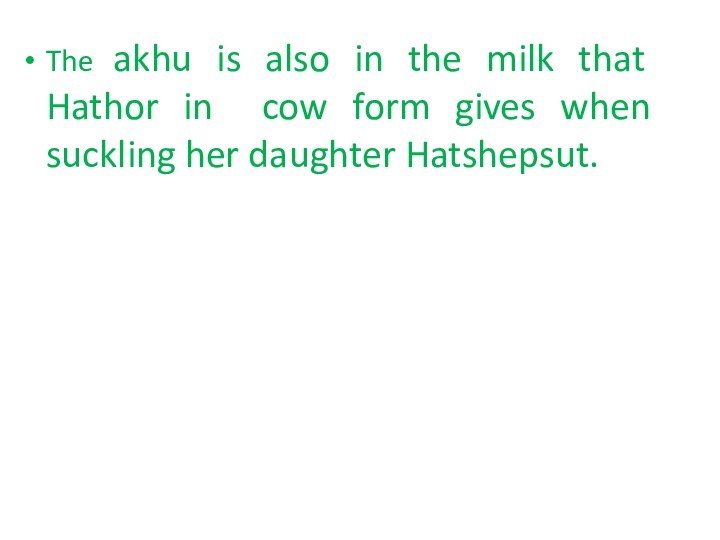
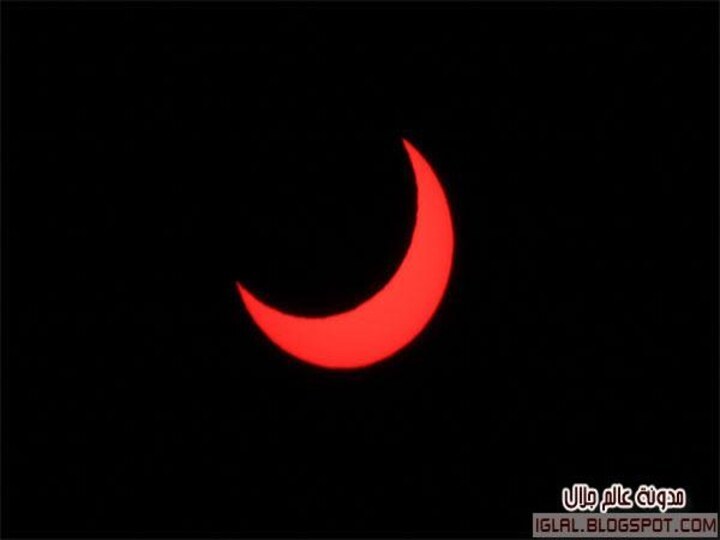
Слайд 4 A human being was composed of seven principal
elements :
– The shadow ( Shwt ) – The name ( ren ) – The heart ( ib ) – The body ( Khet ).
Слайд 6
The Ba :
The ba is represented as a
bird with a human head and often also with
human arms.The Egyptians regarded migratory birds as incarnations of the ba, flying freely.
It was believed that the ba could adopt any form it wished, and there were numerous funerary spells to assist this process of transformation.
Слайд 7 In order for the physical body of the
deceased to survive in the afterlife, it had to
be reunited with the ba every night, and spell 89 of the Book of the Dead recommends that a golden ba-bird should be placed on the chest of the mummy in order to facilitate this reunion.
Слайд 9
‘He of two bas’ :
One god could be
viewed as the ba of another. This is true
for Ra and Osiris.. Who coalesced ( يتحد – يندمج ) each night in the depths of the Duat ( other world ), a union through which Ra received the power of rebirth and Osiris was resurrected in Ra. The combined deity was called : ‘He of two Bas’.
Слайд 10
The ba existed during the person’s life as
a separate mode ( أسلوب ) of positive existence.
It
is a component of the person during life and death.In the Book of the Dead, the ba is represented returning to the mummy and hovering over it.
Слайд 14
The ba was represented in four forms :
1-
A ram
2- A jabiru stork ( اللقلق )
3- A
bird with a human head4- A bowl for incense with smoke rising from it
Слайд 16
The Ka :
It is represented by two upraised
arms.
The ka was an aspect of vital energy and
a creative force sustaining life, therefore we can say that the ka means : The divine creative force. It was also the Egyptian concept of vital essence, that distinguishes between a living and a dead person.
Слайд 17
The ka is translated sometimes as ‘sustenance’
( مساندة
).
It is a symbol of embrace or protection.
It could
be described as ‘inner motor’ (Oxford Encyclopedia – Ka ).It came into existence at the same moment that the individual was born.
Слайд 18
The creator ram-god Khnum is shown modelling the
ka on his potter’s wheel at the same time
as he was forming the body.When the person died, the ka continued to live, and so required the same sustenance as the person had enjoyed in life. For this reason it was provided either with real food offerings or with representations of food depicted on the wall of the tomb, all of which were activated by the offering formula, addressed directly to the ka.
Слайд 19 The offerings themselves came to be known as
Kaw and were sometimes replaced in representations by the
ka sign.Слайд 23 The Akh was represented by a crested ibis
.
The fundamental meaning of the Akh was ‘effectiveness’ (
فعالية ).The ritual ‘se-akh’:
It is the ritual that ‘caused one to become an akh’ ( sAx ) or the reanimation of the akh. It was performed by a ( sekhen-akh ) priest ( sxn – Ax = an akh seeker ).
Слайд 24
Connection with Light :
The Akh denoted forms of
effective light such as the stars and the sunbeams
which are all intensified forms of celestial effectiveness. Sunlight is especially effective since light daily brings forth creation and maintains it.The Akh-deceased, would be transfigured in light.
Слайд 26 The first symbol of the word (shesep) consists
of a fence outside a primitive shrine.
The expression :
( Ssp Awt ib ) means :‘Commencement of happiness’.. As the expression ( Awt ib ) means : happiness, and literally : wideness of heart.
